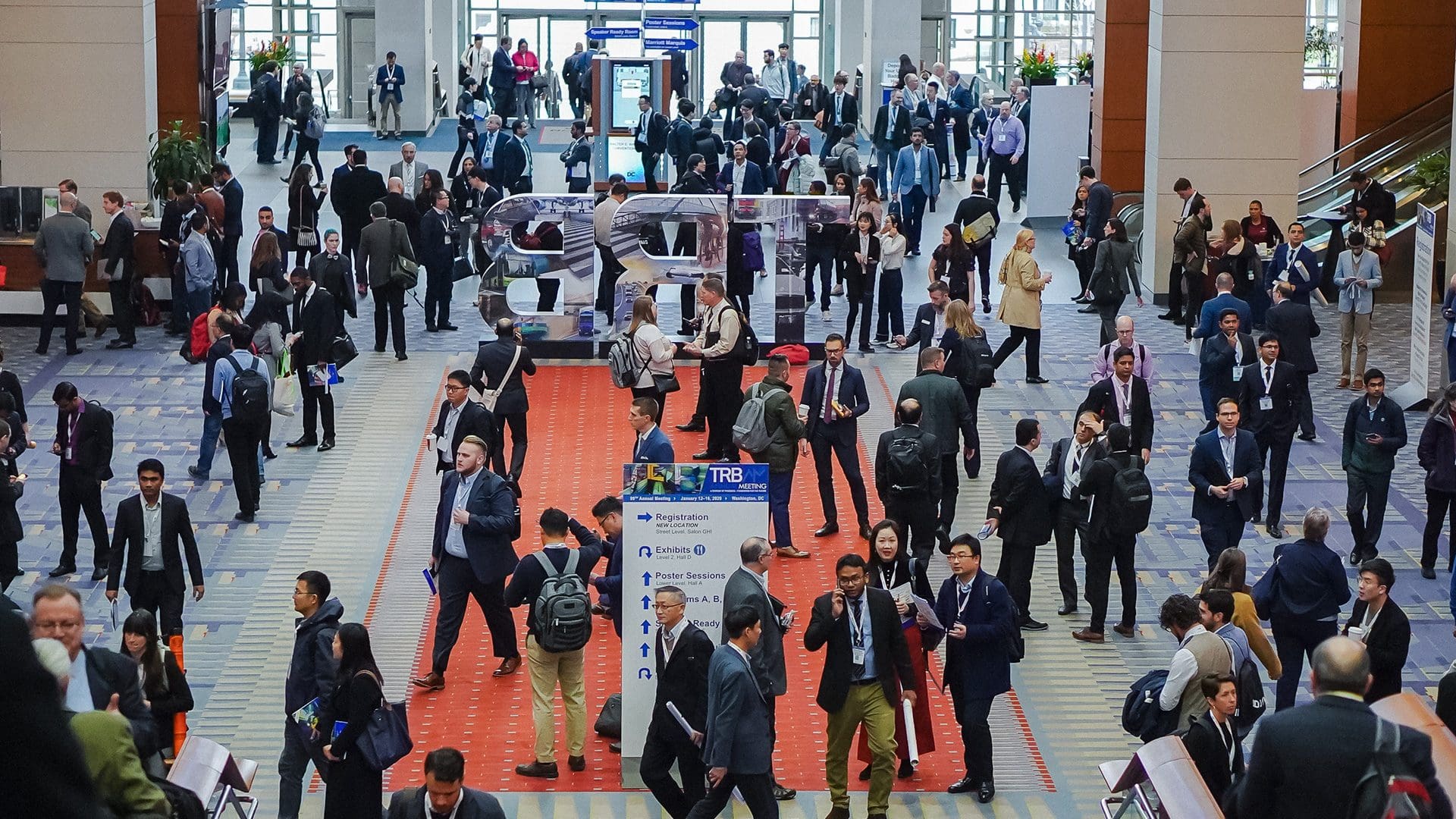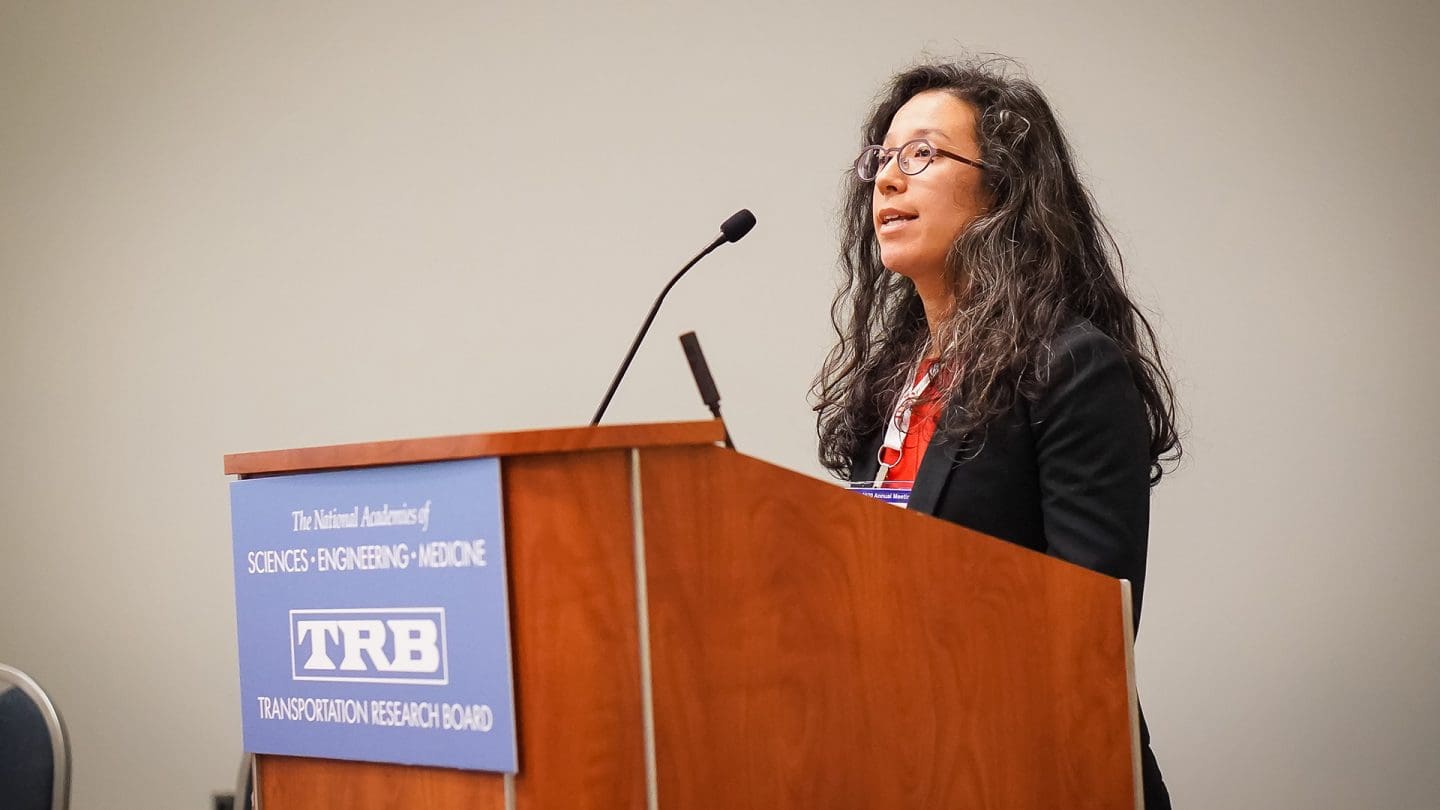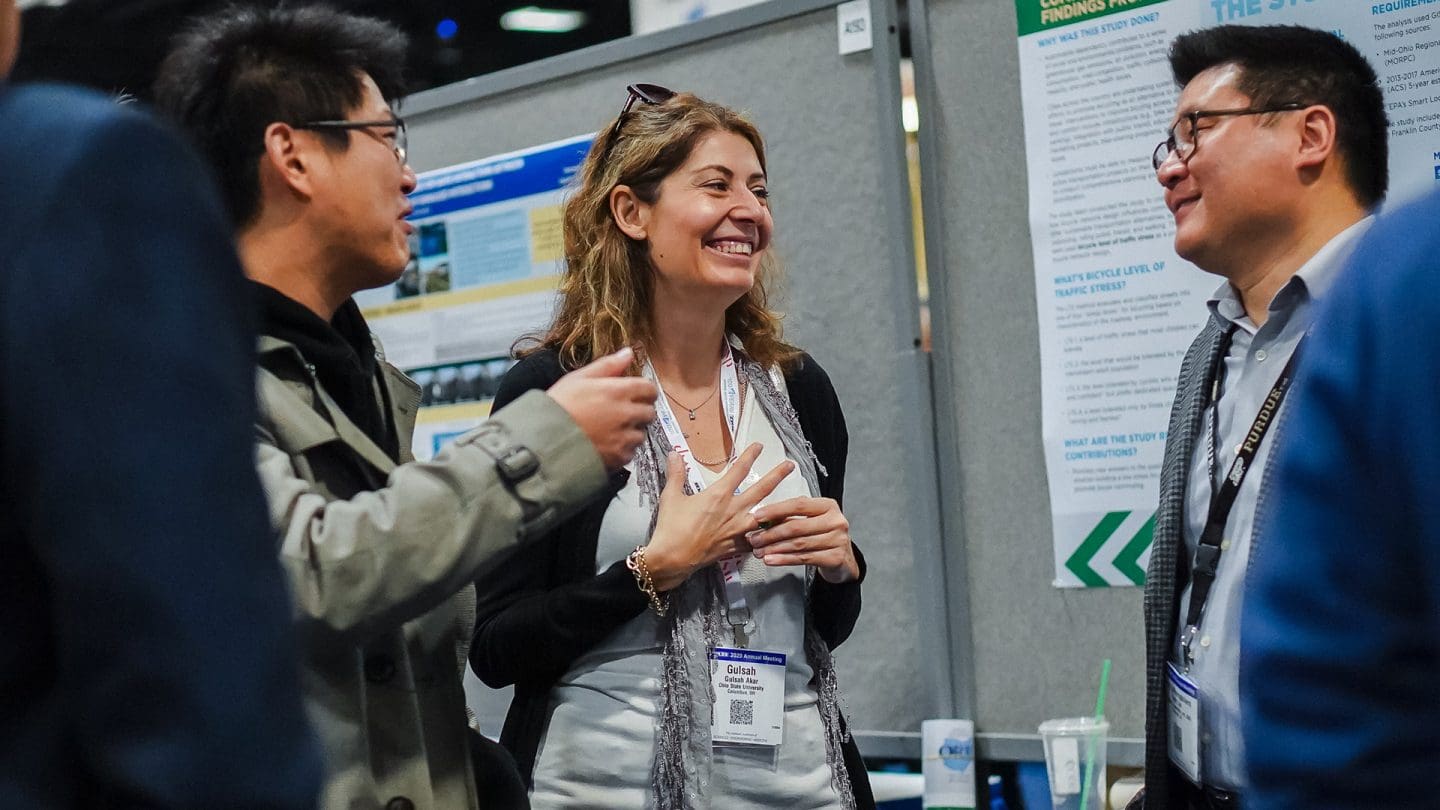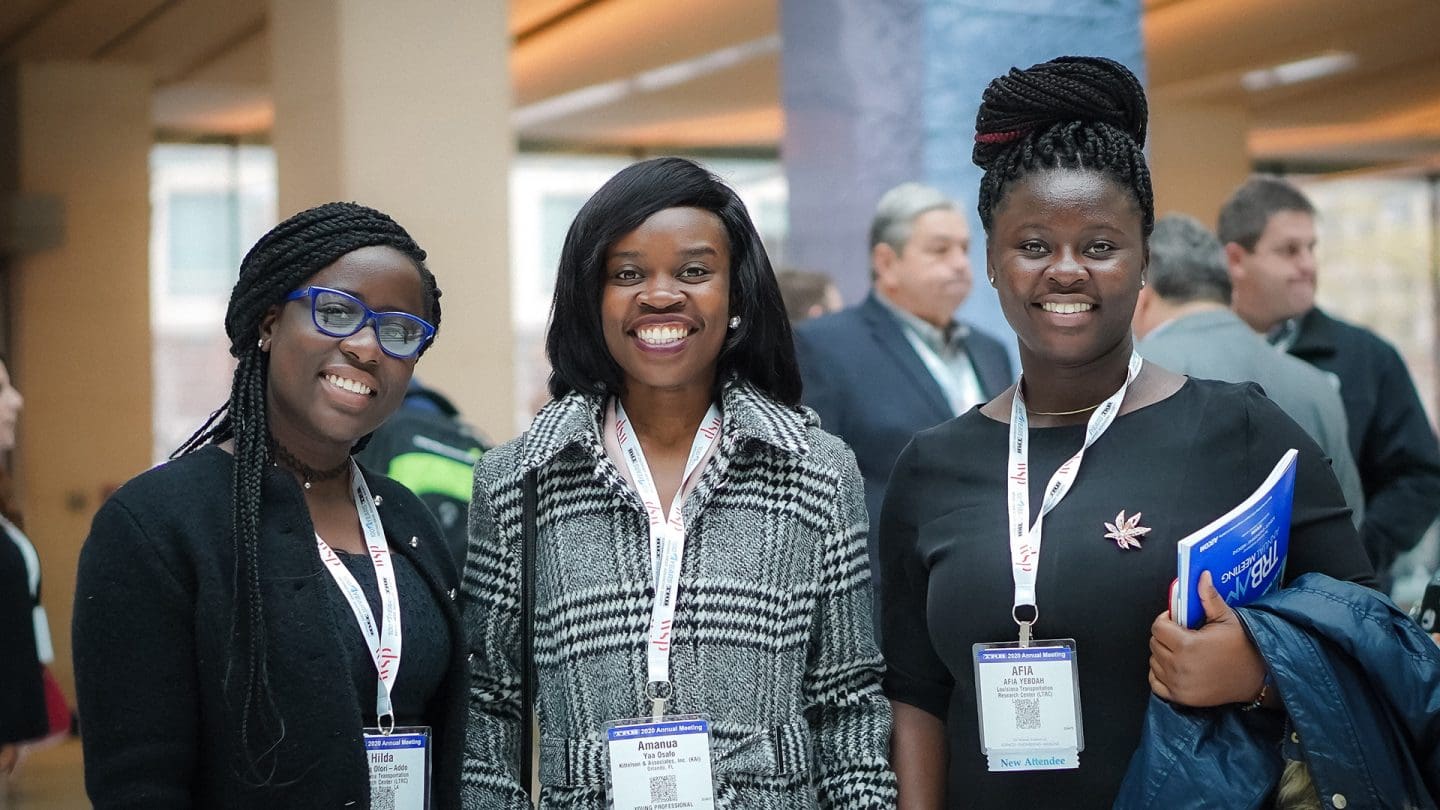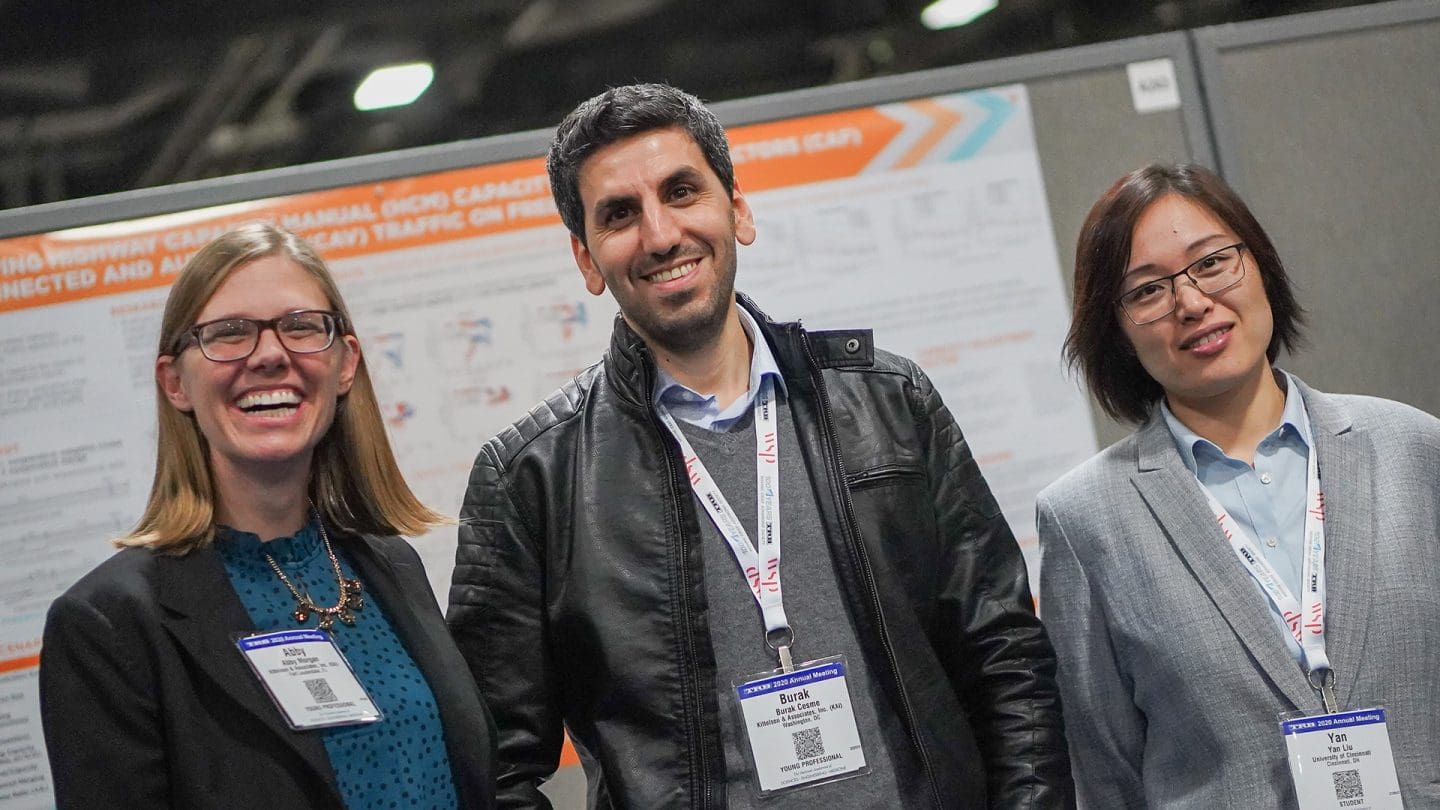January 20, 2020
The Transportation Research Board (TRB)’s Annual Meeting is an eye-opener to, and reminder of, the many ways that transportation intersects everyday life, and the vitally important role of transportation agencies in their communities.
We come from different consulting firms, universities, public agencies, and other organizations, but in the 4-5 days we have as 13,000 transportation professionals in one conference center, it’s all about open, all-cards-on-the-table collaboration. The best thing we can do for our profession is to be real about the challenges our communities are experiencing, and to collectively unveil and unpack the research that can guide us forward in addressing those challenges.
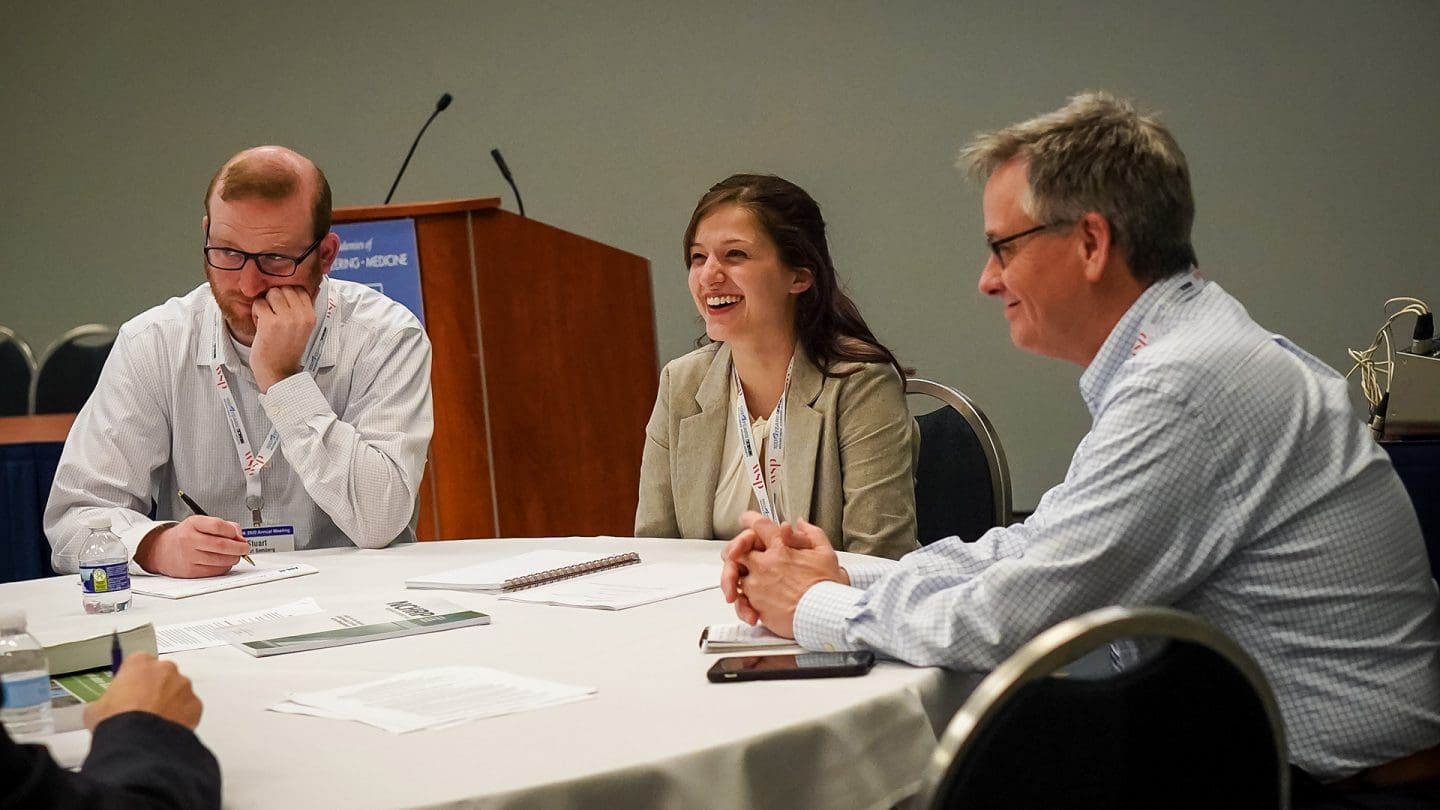
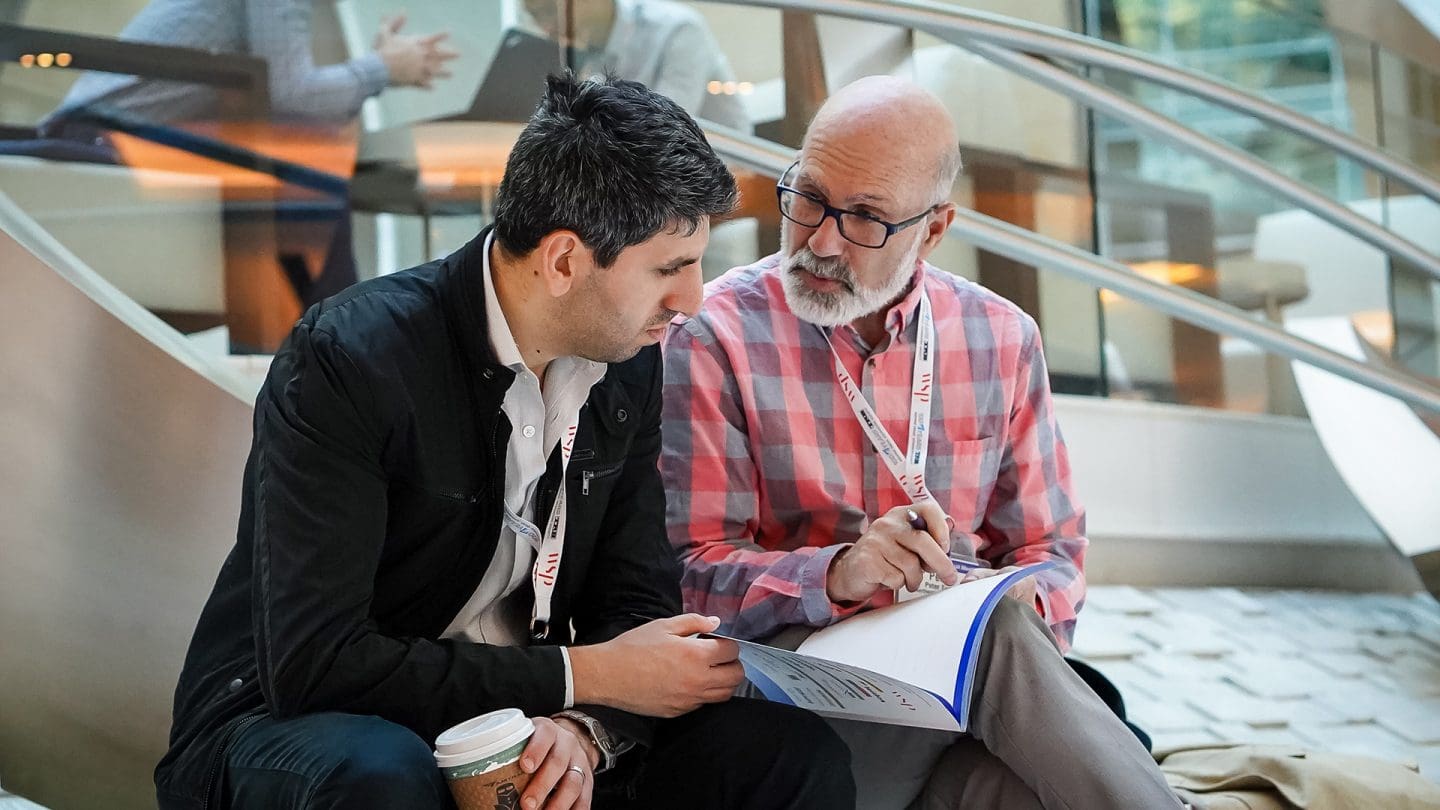
Left: Kristine Connolly leads a breakout session in the “Applying Your Multimodal Access Management Toolbox” workshop. Right: Burak Cesme catches up with Peter Furth of Northeastern University.
The 99th Annual Meeting took place January 12-16, 2020, kicking off TRB’s Centennial Celebration, and more than 40 staff from Kittelson & Associates had the chance to attend and present our own research.
This year, we talked extensively about TRB’s committee realignment and how committees can continue to show value in the new structure, with an emphasis on cross-committee coordination. Although transitioning to something new can be difficult, this realignment gives us an opportunity to remember why we’re here – it’s to collaborate in meaningful, and often new ways to make transportation better for everyone. It also allows TRB to be oriented towards the future and where the transportation industry seems to be going.
In addition, these five themes stood out to us as a firm:
Equity
This year there was a curated track on equity and a new committee focused on the need to better integrate equity into transportation planning. Sessions were standing room only and covered a breadth of important topics under the equity umbrella, including race, gender, and geography.
Further exploration on this topic: “The Importance of the Equity Lens in Transportation Planning and Design“
Speed Management and Speed Setting
There was much discussion about how we can achieve lower speeds in urban and suburban areas. The discussion centered around context and setting speeds that are appropriate for the types of users we expect in different places. We also heard a fair amount about setting appropriate speed limits, and not necessarily using 85th percentile as the metric.
Further exploration on this topic: NCHRP Synthesis 535: Pedestrian Safety Relative to Traffic-Speed Management
Cloud Computing and Machine Learning
Researchers and practitioners alike are using cloud computing (like Amazon AWS, Microsoft Azure, Google Cloud, etc.) to reduce the computing power limitation associated with microsimulation of traffic networks. Cloud computing either shortens run time by breaking analysis into smaller pieces each computer runs, or optimizes systems by running hundreds or thousands of versions of the simulation/analysis and picking the best one.
Further exploration on this topic: TRB’s Standing Committee of Artificial Intelligence and Advanced Computing Applications
Mobility as a Service (MaaS), Micromobility, Shared-Use Mobility, Scooters, E-bikes
Two years ago, these effectively didn’t exist. Last year, they were discussed. This year, they were everywhere… with research and data either predicting their imminent bust, or takeover of the transportation system (depending on who you talked to or which research finding you heard). Clearly, there’s more discovery ahead on these topics, and we’re here for it.
Further exploration on this topic: NCHRP Report 924: Foreseeing the Impact of Transformational Technologies on Land Use and Transportation
Climate Change
Maybe it was the 70-degree days at the start of the conference, but presentations on climate change and the effects of the transportation system on our changing climate were numerous, and very thought-provoking.
Further exploration on this topic: TRB Activities Addressing Climate Change
If you attended the 2020 Annual Meeting, what themes stood out to you?
